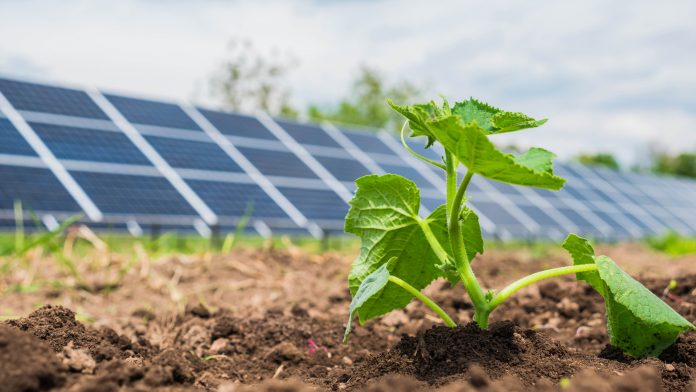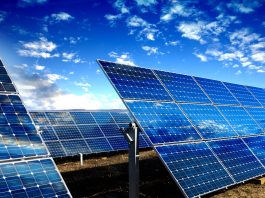An international team of researchers has devised an innovative technique for enhancing the efficiency of organic solar cells.
A collaborative project between experts from Linköping University in Sweden and Soochow University in China has ascertained that a small guest molecule makes it possible to employ eco-friendly solvents to produce energy-efficient organic solar cells. The novel method achieved a record energy efficiency of over 17% and can be utilised to manufacture solar cells with more extensive areas.
Feng Gao, professor in the Department of Physics, Chemistry and Biology (IFM) at Linköping University, said: “This is a major step towards large-scale industrial manufacture of efficient and stable organic solar cells.”
The findings of the project are published in Nature Energy.
Limitations in organic solar cells
In recent years, there have been significant developments in organic solar cells, with the maximum energy efficiency achieved in laboratory settings currently over 18%. The energy efficiency measures how much of sunlight’s energy is converted to valuable energy in the solar cells, with the efficiency limit considered to be around 24% for organic solar cells
However, a significant challenge is manufacturing organic solar cells that can function effectively for ten years or more. Another is that the highest energy is achieved in cells produced in solutions comprised of toxic solvents with a low boiling point. A range of problems during the manufacturing process arises because of this low boiling point due to the solution evaporating too quickly. Nevertheless, using more eco-friendly solvents with higher boiling points causes a drastic decrease in energy efficiency, creating quite a dilemma for developers of organic solar cells.
Refining solar technology
To overcome these limitations, the team have successfully developed a solar cell using a solution with a high boiling point that doesn’t require toxic ingredients, which also achieves high energy efficiency. Their novel eco-friendly solvent solar module has an area of 36 cm2, displaying a power conversion efficiency of over 14%, the highest reported to date of an organic solar cell with an active area over 20 cm2.
“Our results now open for the manufacture of organic solar cells at larger scales for outdoor use,” says postdoc Rui Zhang, who works with Professor Feng Gao in the Electronic and Photonic Materials Division, Linköping University.
Each stage of organic solar cells has evolved considerably in the last few years. When sunlight is absorbed in the form of photons by an organic semiconducting donor, an excited state forms, where electrons rise to an elevated energy level and create holes at the lower level of energy, to which they are still attracted. These electrons are not entirely freed, meaning a photocurrent does not occur. The team carried out experiments where they added various acceptor materials, which accept electrons and allow them to become free, creating a photocurrent.
A team of Chinese researchers invented a novel acceptor material a few years ago called Y6 that delivers high efficiency for organic solar cells. The team has now built on this innovation by discovering a guest molecule, known as BTO, that guarantees that Y6 molecules in the solar cells are packed in such a close and stable way in the green solvents that the photocurrent can be generated efficiently. The addition of BTO also enables larger areas of solar cells to be produced with high efficiency.
“Our strategy leads to clear design rules for optimising the interaction between organic donors and acceptors in multi-component blends, meeting the critical requirements for future development of organic photovoltaic technology, says Professor Yaowen Li, Soochow University.









